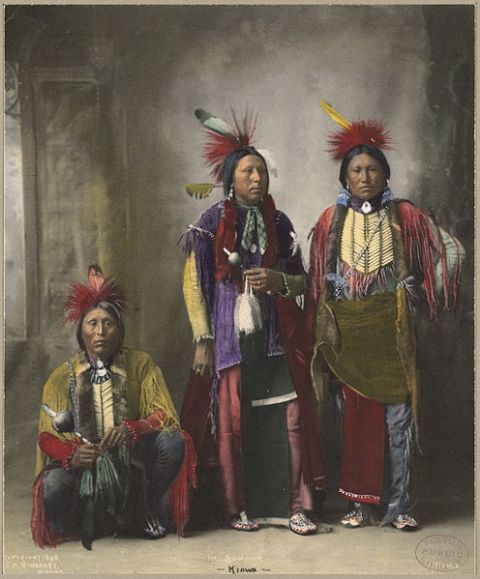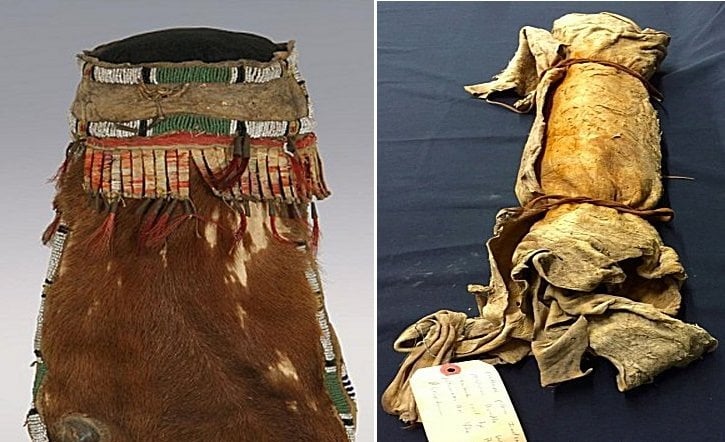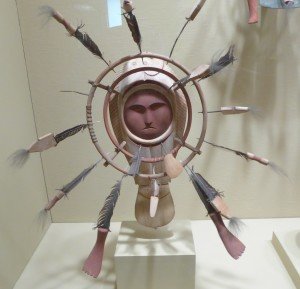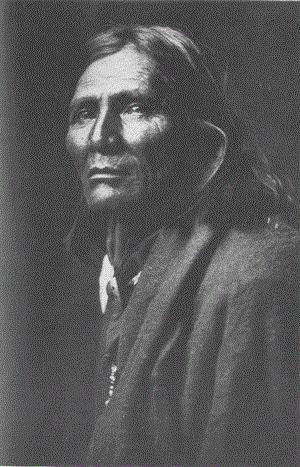The Green Corn Ceremony
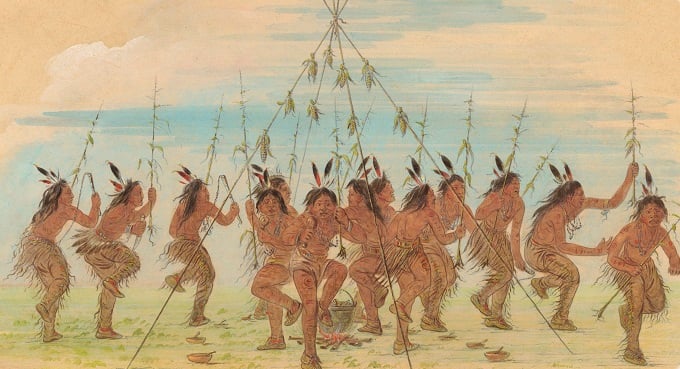
For the Indian nations of the Southeastern United States-Cherokee, Creek, Choctaw, Chickasaw, Seminole, Timucua, and others-corn (maize) was their single most important food. Therefore, corn also played an important part in their religious and ceremonial life.
One of the important ceremonies among the people of the Southeastern Woodlands was the Green Corn Ceremony or puskita (which became Busk in English) which was an expression of gratitude for a successful corn crop. The ceremony was held after the harvest and was a time for renewing life. Old fires were put out, the villages were cleaned, and worn pottery was broken. The Busk would be held when the first corn crop became edible. This ceremony celebrated both the crop and the sense of community that shaped their lives.
Among the Creek, the Green Corn Ceremony was held during the Big Ripening Moon (July-August) and was linked to the ripening of the second crop of corn. The ceremony lasted for 8 days in the important towns and for 4 days in the smaller towns. The intent of the ceremony was to rekindle a sense of the sacredness of life. The Busk was marked with a sense of renewal and forgiveness. It included singing, dancing, moral lectures, thanksgiving, and feasting. During the Busk, a new fire would be kindled in the town square. A pure fire would enable the people to communicate their wants to the Maker of Breath, the purifying power that rebalanced the cosmos.
The Green Corn Ceremony was also associated with the quest for spiritual purity. Fasting – one of the principle ways of attaining purity – was an important element in the ceremony. Among the Chickasaw, the fast started on the first afternoon of the ceremony and lasted until the second sunrise. Following the fast an emetic was used to purge the body of all impurities.
Among the Cherokee, the Green Corn Ceremony was the time when people were to forgive debts, grudges, adultery, and all crimes (with the exception of murder).
Among some groups, such as the Tuckabahchee and the Seminole, the Green Corn Ceremony was the time when sacred objects, such as brass and copper plates and medicine bundles, were renewed and publicly displayed. Among the Seminole, this is the time when the medicine bundle is renewed.
With regard to the Seminole’s Green Corn Dance, Danny Billie says:
“It defines who we are and what we are as traditional Indian people. It is the heart and soul of the traditional Seminole way of life.”
